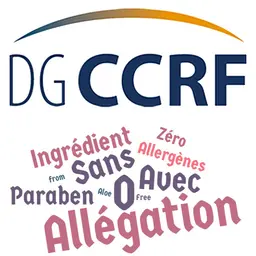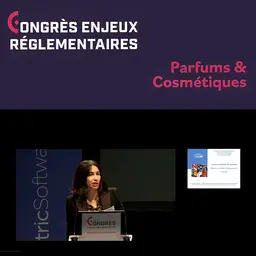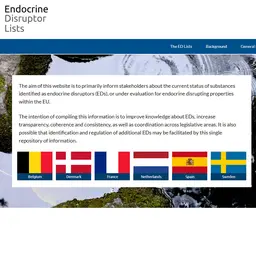
On 20 February 2024, the French DGCCRF published a guide entitled “Le Fabriqué en France”. This 10-page guide sets out the rules… and inspection procedures. And while this marking is only compulsory for food products, it can also be applied to cosmetics on a voluntary basis.
In its introduction, the DGCCRF points out that 92% of French people say they favour geographical origin when making purchases, hoping to help maintain jobs and support French businesses and know-how (IFOP survey for Pro France 2018).
Since the health crisis, 58% of consumers consider “Made in France” to be a priority criterion, and 74% of consumers trust labels and the “Made in France” or “Fabriqué en France” mark, which is seen as a guarantee of quality, including ethical and eco-responsible aspects, and as a commercial argument that can be assimilated to a promotional statement with an impact on price.
It is therefore essential that the information they receive is fair.
That’s why the DGCCRF has published this Guide.
After a reminder of the applicable regulations, it sets out the customs rules for establishing the nationality of a product, particularly when production factors from several countries are involved in its manufacture, as well as the differences between a “Made in” mark and a label.
And in conclusion, it warns that DGCCRF agents are empowered to check product labelling and that the unfair affixing of a “Made in France” or “Fabriqué en France” mark can be punished as a misleading commercial …













